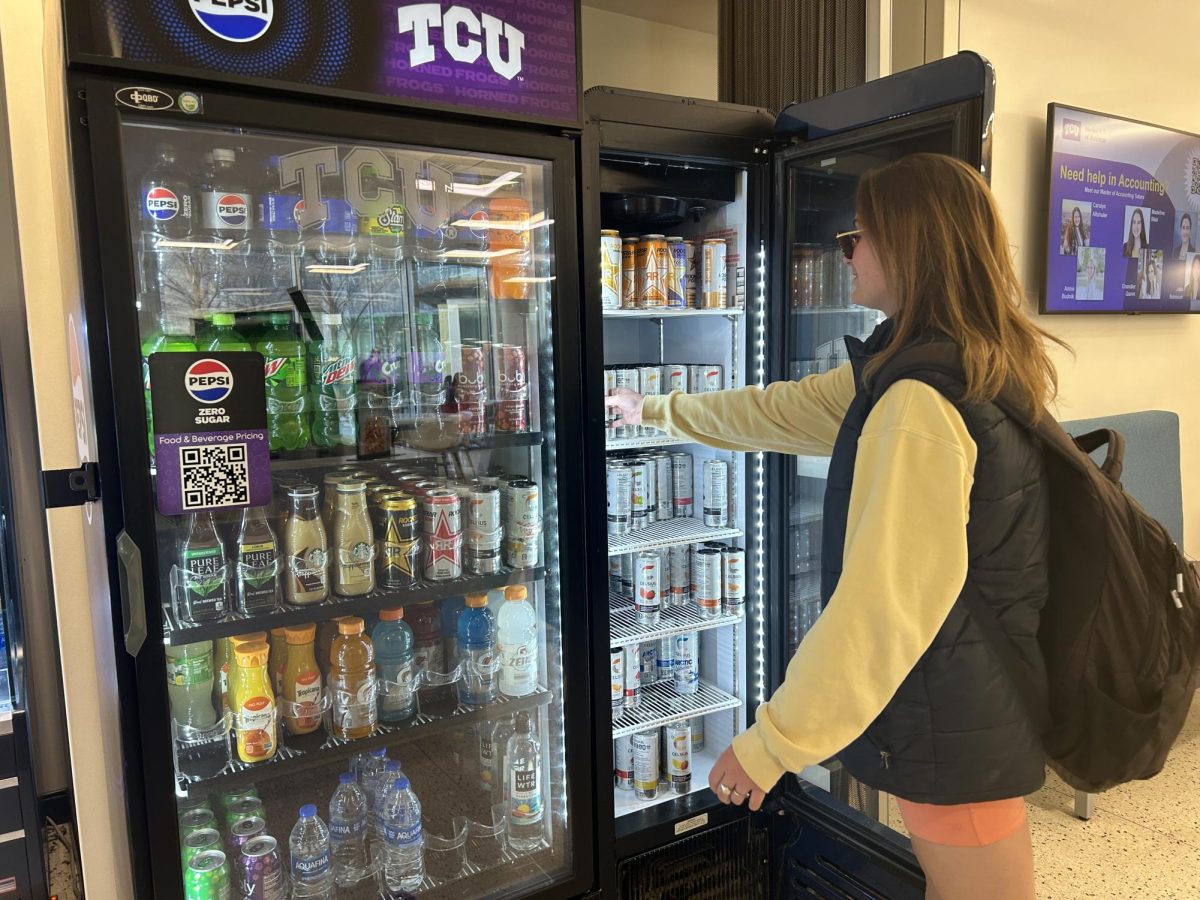The university was ranked No. 149 out of 258 schools surveyed in this month’s The Washington Monthly magazine report on social mobility, research and service within national universities.
Paul Glastris, the magazine’s editor-in-chief, said the annual survey, which received funding from the Lumina Foundation for Education this year, aimed to estimate each institution’s contribution to the country by examining publicly available data.
Unlike the well-known “U.S. News & World Report” college rankings survey, The Washington Monthly did not solicit opinions to include in its calculations, he said.
“We aim to give you a value for the tax dollars that are going into colleges and universities,” Glastris said. “We’re trying to measure what colleges do for the country, not for any one individual.”
Don Mills, vice chancellor for student affairs, said the unique character of the survey most likely has to do with the profitable business aspect of the college rankings industry.
“I think what they’re trying to do is find a niche, different from somebody else and a way that they could pitch their rankings,” Mills said. “Unfortunately, they don’t tie their categories to anything relating to excellence in education.”
Although the university has considered community service to be an important part of an education, the magazine failed to make the connection between the value of service and the value of an education, Mills said.
According to The Washington Monthly’s Web site, the report, which was introduced in 2006, takes into account a university’s commitment to “recruiting and graduating low-income students, producing cutting-edge scholarship and Ph.D.s and encouraging students to give something back to their country.”
Chancellor Victor Boschini said surveys, in general, and the scores they produce do not necessarily reflect the total success of the university.
“I think that as long as students, and their families, realize that these rankings are only one part of a much larger universe of information available when comparing colleges-they are fine,” Boschini said.
Ray Brown, dean of admission, said he was not convinced of the logic behind the magazine’s survey.
“This is a very strange coupling of categories,” Brown said. “It’s sort of like saying social mobility, service and the size of your bookstore – (research) is sort of a non sequitur.”
The Washington Monthly guide used the number of Federal Pell Grant recipients within the student population to determine social mobility. Brown said data concerning students who receive funds from this program changes from year-to-year and, therefore, makes it a questionable indicator.
In the past 10 years, the university has made huge efforts to reach out and educate low-income students on local, state and national levels, Brown said. The Community Scholars Program was the crux of university efforts to promote higher education in low-income area high schools, he said.
“We really did just have to pull out all the stops,” Brown said. “Find another school that’s doing more – I dare you.”
Mary Kathleen Baldwin, assistant director of the Center for Community Involvement and Service-Learning, said the Washington Monthly report might be misrepresenting the presence of service on some campuses by limiting the category to only the Peace Corps, Reserve Officers’ Training Corps (ROTC) and the use of federal work-study money.
“They’re ignoring the daily, weekly, monthly service that’s going on by students within the community,” Baldwin said. “That’s where the real impact is happening for both students and the community.”
Glastris said the magazine chose to focus on Federal Pell Grant recipients, Peace Corps and ROTC enrollment because the data available for those programs was the most transparent and was collected by all of the institutions surveyed.
According to Student Aid on the Web, an online counterpart of the U.S. Department of Education, students in the federal work-study program are often placed with nonprofit organizations or other employers who work to serve the public interest.
Lisa Albert, associate director of communications, said surveys like the one released by Washington Monthly should be considered with caution because they provide only a glimpse into the character of an institution.
“Because there are a number of ranking systems, each using different variables, the university cannot allow rankings to drive strategic decisions,” Albert said.




